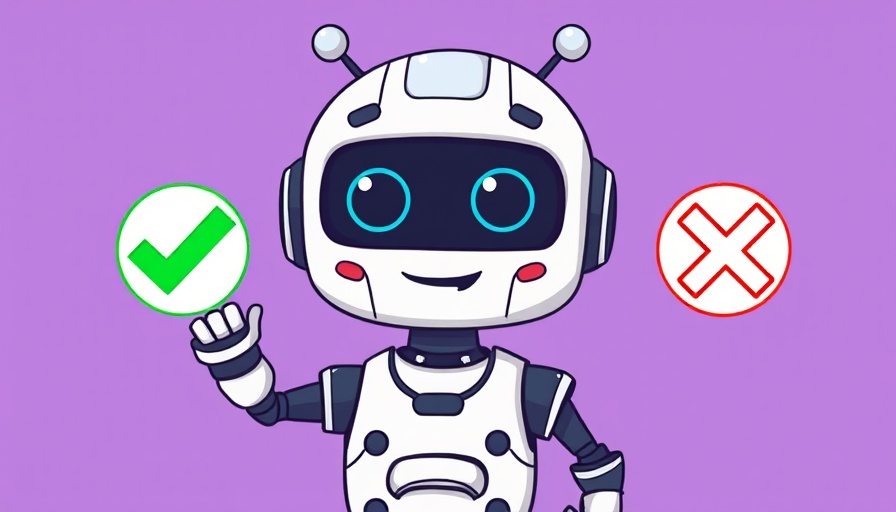
The Risks Behind ‘Open’ AI Model Licenses
This week, the launch of Google's Gemma 3, a collection of open AI models, has stirred both excitement and concern. While developers initially praised its efficiency, many are worried about the restrictive licensing terms imposed on its use. Similar concerns arise with other major companies releasing open models, like Meta’s Llama 3, making it clear that the definition of 'open' in open AI models may not be as straightforward as it seems.
Understanding the Ambiguities of AI Licensing
AI model licenses often carry restrictions that limit how developers can utilize these seemingly 'open' tools. Nick Vidal, head of community at the Open Source Initiative, emphasizes that these licensing terms create significant uncertainty, which deters businesses from utilizing these models in products or services. A prevalent concern among smaller companies is the fear of large tech firms asserting control over their use of AI models, potentially jeopardizing their business operations.
The Common Misconceptions about Open Models
One major misconception is believing that a model is truly open just because it’s marketed as such. For instance, in the case of the Llama 3 license, restrictions prevent the use of its outputs to improve anything except for Llama 3 itself, which leads to potential limitations on innovation and flexibility. Even with Gemma, Google retains the right to impose restrictions on how it can be used, complicating the landscape for developers.
Legal Hurdles for Businesses
The potential for legal repercussions arises when companies build their services upon these restricted models. Small startups developing AI applications could face significant hurdles if they inadvertently violate the licensing terms. Florian Brand, a researcher at the German Research Center for Artificial Intelligence, notes that many companies must stick to standard licenses, such as Apache 2.0, to avoid unnecessary complexities and legal fees.
Frameworks for Clarity in AI Licensing
To mitigate these complexities, experts advocate for a standardized Model Openness Framework (MOF), which could systematically define the components that constitute an open AI model. This framework would help clarify licensing implications, guiding businesses on allowable usages and facilitating legal compliance. Models that adhere to such frameworks can significantly reduce risks for businesses, enabling more innovators to explore AI technologies without fear.
Implications for Future AI Development
The development of genuinely 'open' AI models could substantially accelerate innovation within the industry. Entrepreneurs could prototype new ideas and deploy AI products faster if they don't have to navigate complicated legal landscapes. By emphasizing transparency and open access to core model components, the AI community can cultivate a more constructive environment for experimentation and collaboration.
Real-World Impacts on Startups
For instance, consider a hypothetical AI startup that wishes to utilize a popular open model, only to discover its licensing restricts commercial use. These startups may abandon a promising approach due to potential violations of the licensing terms. As they try to differentiate themselves in a competitive market, clear licensing agreements are paramount for sustainable innovation.
Bridging the Gap: Open AI for Entrepreneurs
Ultimately, as the AI landscape evolves and new foundational models emerge, a collaborative effort is needed to ensure that genuinely open models prevail. Entrepreneurs should advocate for comprehensive guidelines that pave the way for more inclusive and responsible AI development. These efforts are key to reducing barriers and promoting a flourishing ecosystem where AI can effectively transform business operations.
By pushing for clarity and openness from AI model developers, the community can collectively pave the way for a more transparent future that benefits all.
 Add Row
Add Row  Add
Add 



Write A Comment